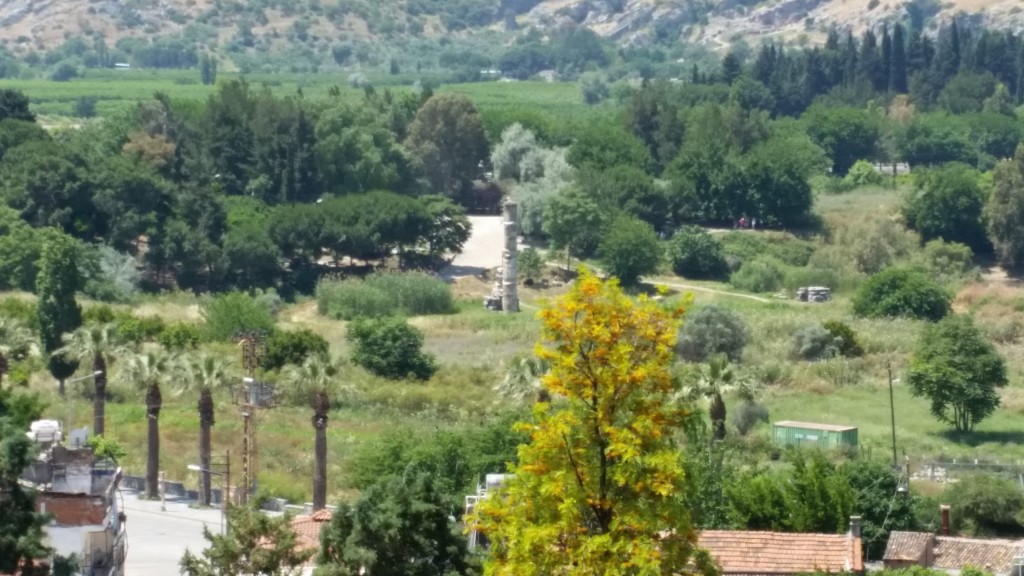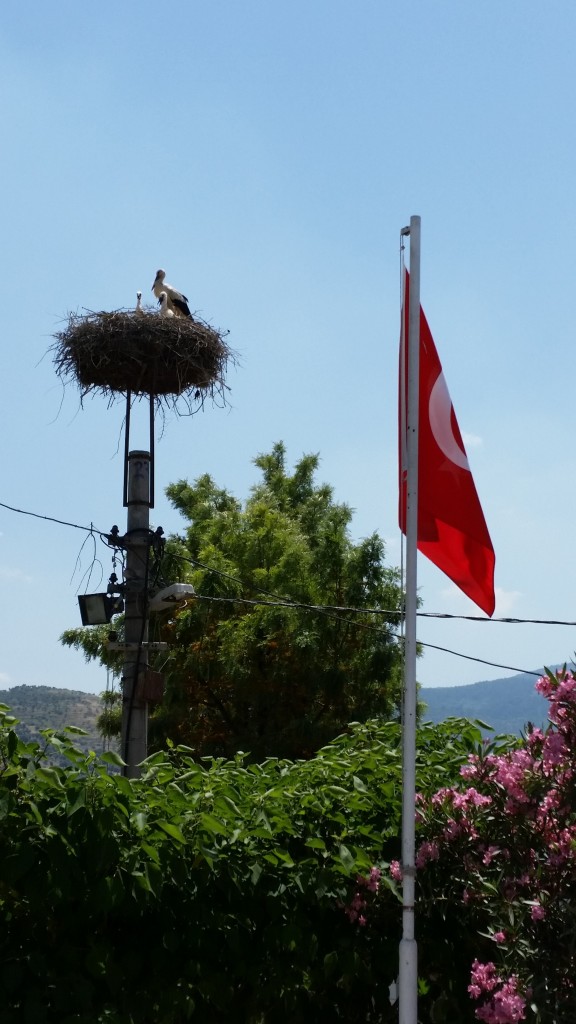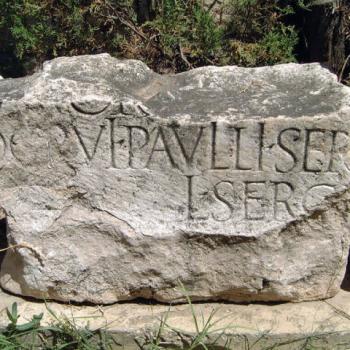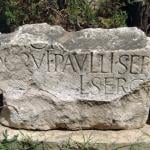By now you may be wondering—- o.k. we toured Ephesos, but where exactly did the temple of Artemis go? Glad you asked…. it’s long gone, after the earthquakes the spot where it sat turned into a mosquito filled marsh… and today there is exactly one column left standing, which we are viewing from high atop the hill where the Basilica of St. John is. But which John?
There is a real problem in figuring which John we are actually talking about, for whom the Basilica of St. John is named. It’s like asking who’s buried in Grant’s tomb, only a little more complicated. In my view it is John of Patmos who is buried there, who is NOT the same person as John son of Zebedee, one of the Twelve. In fact, I do not think John son of Zebedee ever went to Ephesus. We now have evidence that he was martyred early on, just like his brother James, and furthermore, just like Jesus said he would be (‘can you be baptized with the baptism I will be baptized with?’). THAT John did not live to a great old age and die in his sleep in Ephesus. John of Patmos is a different story. We know: 1) he was in exile on Patmos (see Rev. 1); 2) he had a relationship, a relationship in which he was an authority figure, to the church in Ephesus (Rev. 2, and other churches too); 3) we know it is probable that Revelation was written in the 90s. It thus seems likely he is the John who is buried on the hill overlooking the swamp that Artemis sank into. Furthermore, Papias is clear enough that there was John the Apostle whom he never met, and John the elder whom he did meet. John the elder is probably the same person as John of Patmos, hence he is responsible for: 1) 2-3 John, 2) the book of Revelation; and 3) he probably collected the memoirs of the Beloved Disciple (who was not named John at all) and edited them into what we know as the Gospel of John. Only John in this case was the collector, editor, and final arranger of this Gospel. Not the originator of the material in it, which goes back to an eyewitness. We can debate who this person is, but for my money John 11 tells us who he was—- Lazarus, ‘the one whom Jesus’ loved. That’s a story for another day.
Here is the entrance into the are where the Basilica of St. John is, which dates back only to the 6th century A.D.
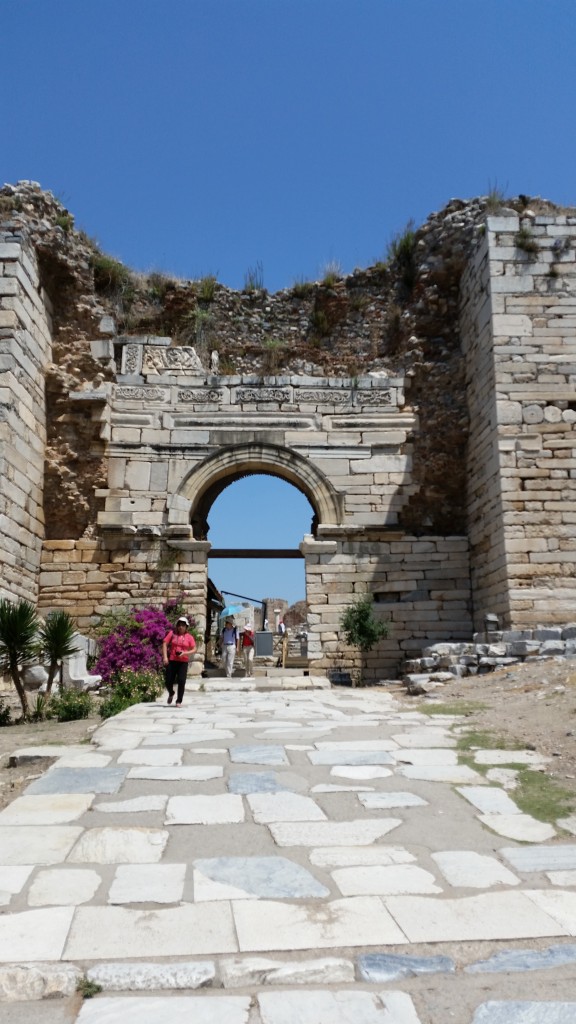
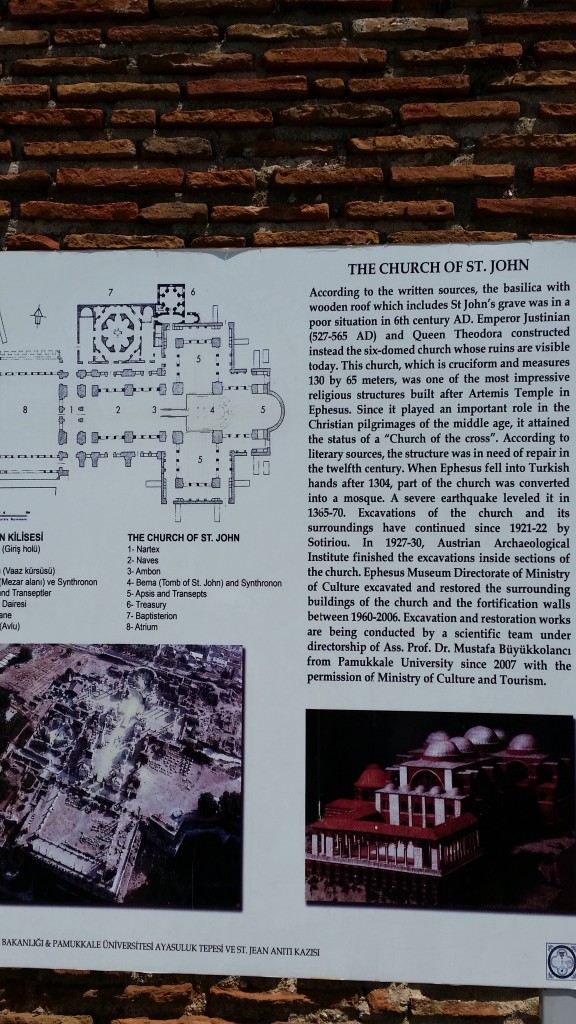
And here is the entrance into the basilica itself…

The most important thing to see is the baptismal pool, which is rather unique, and shows that some sort of immersion was practiced in the 6th century or later as one form of baptism.
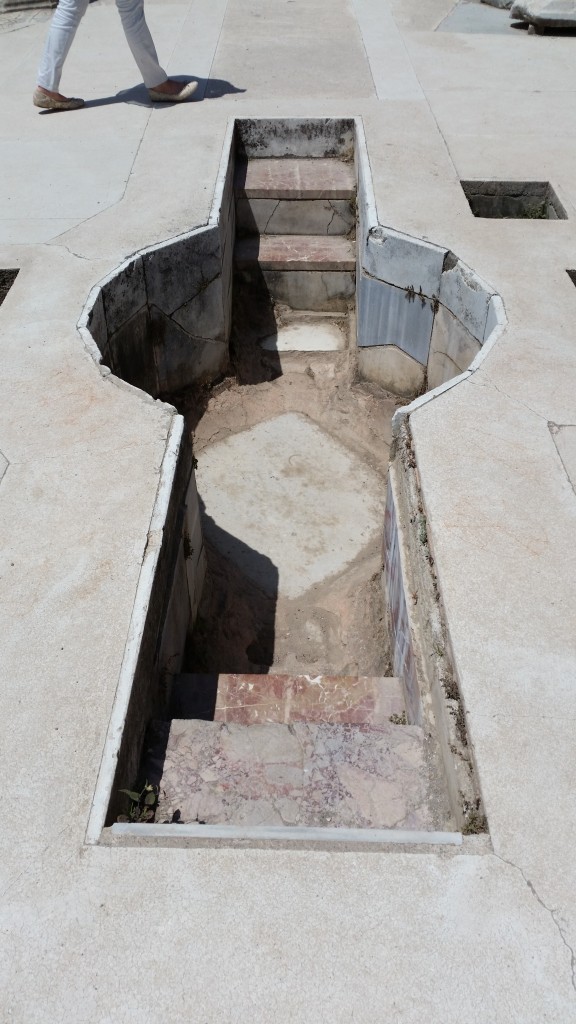
There are also some interesting columns and cornices, evidence of a Christian presence here…
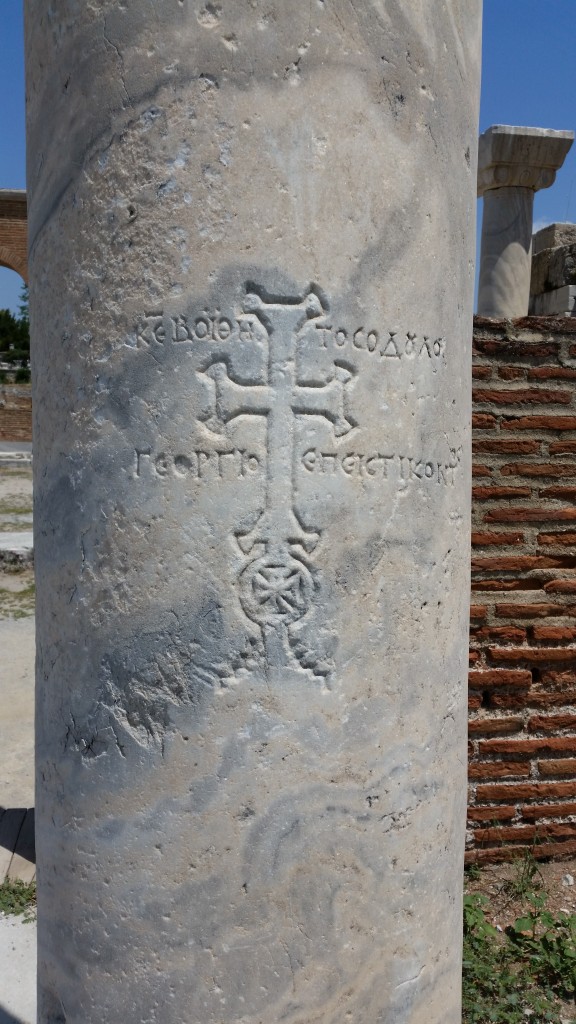
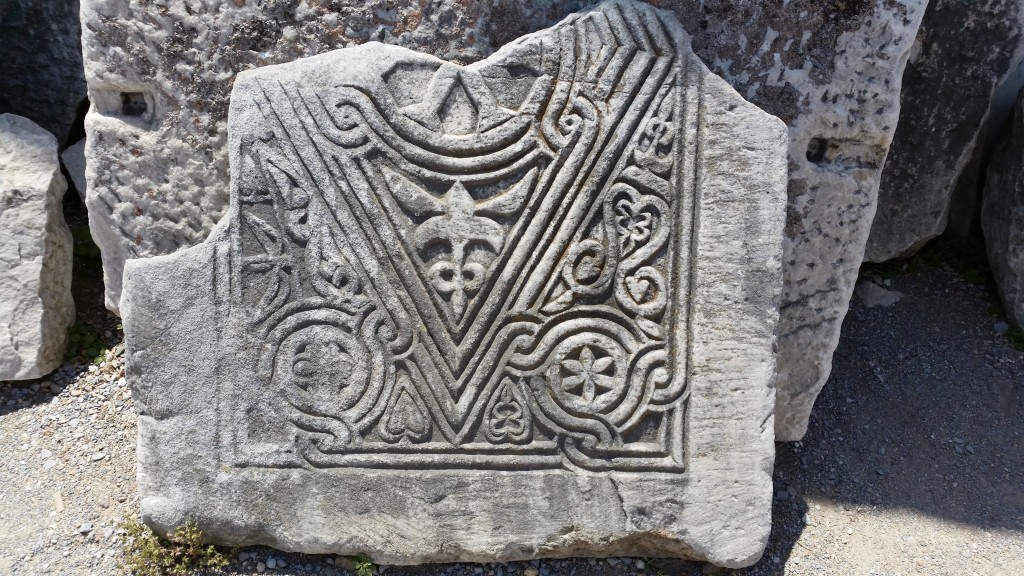
Here is an interesting one, it appears to be a dedicatory stele for ‘Brother Anton’ mentioned at the bottom of the inscription. He seems to have been a scribe or manuscript copier of some sort, hence the scroll with the leather thong around it.
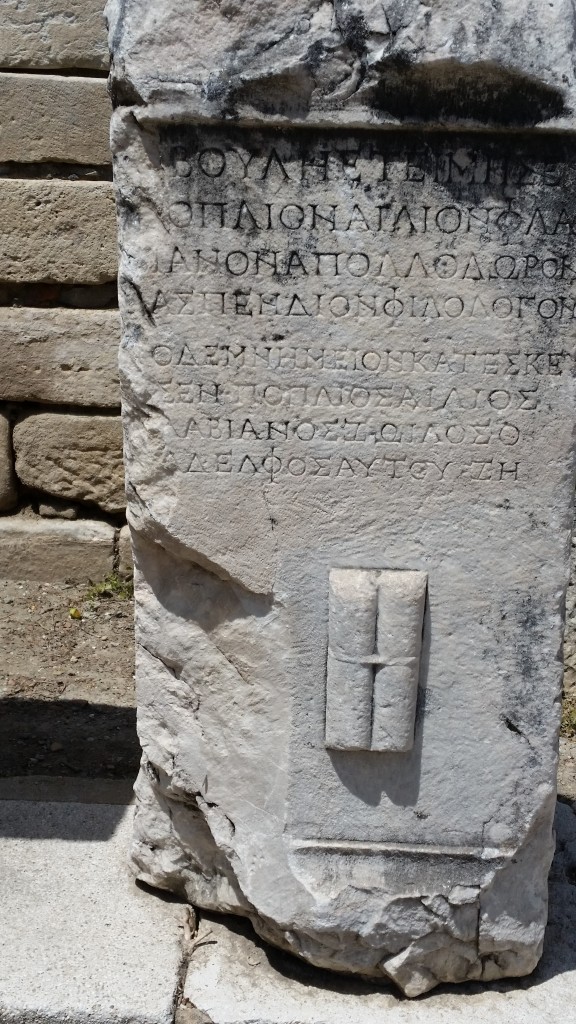
While there is no human presence here, there are plenty of other signs of kinds of life…..

It’s good to know this site is stork approved (and that means there must be babies somewhere nearby, not just baby storks…). These storks appear to be uber-patriotic too….


